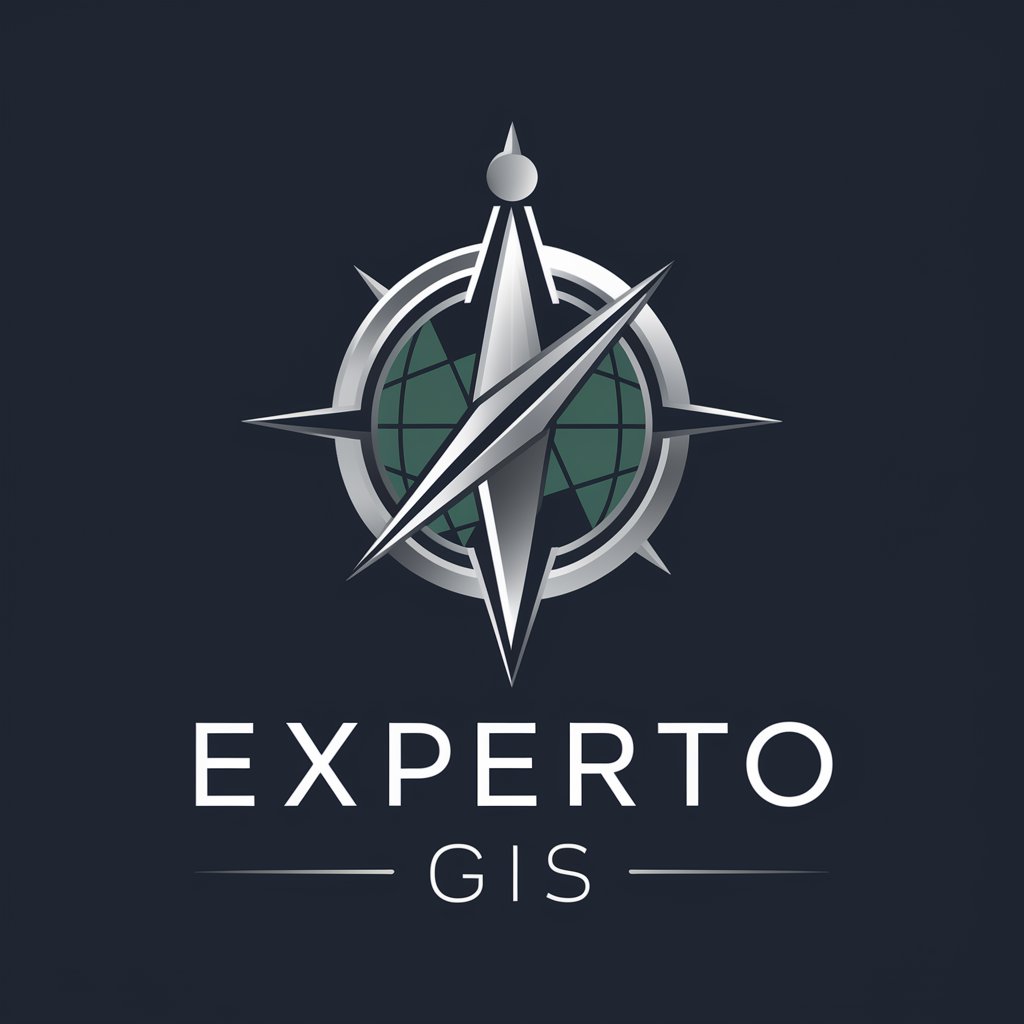6 GPTs for Remote Sensing Powered by AI for Free of 2025
AI GPTs for Remote Sensing refer to a subset of Generative Pre-trained Transformers specialized in interpreting and analyzing data from remote sensing technologies. These AI tools are engineered to understand and process vast amounts of Earth observation data, facilitating tasks such as land cover classification, environmental monitoring, and urban planning. Their relevance in remote sensing lies in their ability to handle complex datasets, automate analysis, and generate insights with high accuracy, thereby providing tailored solutions for various applications in the field.
Top 6 GPTs for Remote Sensing are: Friday,Nobel Mind,AlLoRa Genius,Eco Explorer,Experto GIS,R_R_R
Friday
Powering analysis with AI precision

Nobel Mind
Empowering Research with AI Precision

AlLoRa Genius
Empowering IoT with AI-driven Communication

Eco Explorer
Empowering ecology with AI-driven GIS insights.

Experto GIS
Elevate your GIS projects with AI-powered assistance.

R_R_R
Optimize your raster analysis with AI-powered R_R_R.

Unique Characteristics and Capabilities
AI GPTs for Remote Sensing boast a wide array of capabilities, including advanced image recognition, natural language processing, and the ability to process satellite and aerial imagery data. These tools can adapt from straightforward tasks like identifying specific land features to more complex functions such as predicting climate change impacts. Special features may include real-time data analysis, multi-language support, and integration with existing geographic information systems (GIS), making them invaluable for comprehensive remote sensing analysis.
Who Benefits from Remote Sensing AI?
The primary beneficiaries of AI GPTs for Remote Sensing include environmental scientists, urban planners, and GIS professionals seeking to enhance their data analysis capabilities. Additionally, these tools are accessible to novices interested in remote sensing, offering user-friendly interfaces and tutorials. Developers and data scientists can leverage their programming skills for further customization and integration into specialized projects or research.
Try Our other AI GPTs tools for Free
Hunting Techniques
Discover how AI GPTs for Hunting Techniques revolutionize hunting with strategic insights, personalized recommendations, and data-driven decisions.
Field Dressing
Discover how AI GPTs for Field Dressing revolutionize game processing with tailored advice, multilingual support, and conservation insights.
Space Learning
Discover how AI GPTs for Space Learning revolutionize space science education and innovation, making complex concepts accessible to all.
Galactic Missions
Discover AI GPTs for Galactic Missions, the cutting-edge tools transforming space exploration with advanced analytics, simulation, and visualization capabilities. Designed for enthusiasts and professionals alike.
Resource Strategy
Explore AI GPTs for Resource Strategy, cutting-edge tools designed to optimize resource management and strategic planning through advanced AI technology. Ideal for professionals and novices alike.
Cosmic Puzzles
Discover the universe with AI GPTs for Cosmic Puzzles: your gateway to exploring cosmic mysteries through advanced AI technology, tailored for both novices and experts.
Expanding Horizons with AI in Remote Sensing
AI GPTs are revolutionizing remote sensing by providing customized, scalable solutions across sectors. Their user-friendly interfaces and the potential for integration with existing systems open up new possibilities for enhancing data analysis, decision-making, and predictive modeling in fields such as agriculture, disaster management, and environmental science.
Frequently Asked Questions
What exactly are AI GPTs for Remote Sensing?
AI GPTs for Remote Sensing are advanced AI models trained to analyze and interpret data from Earth observation technologies, aiding in tasks like environmental monitoring and land use classification.
How do these AI tools support environmental monitoring?
They process remote sensing data to identify changes in ecosystems, track deforestation rates, monitor water bodies, and detect environmental anomalies, supporting conservation efforts and sustainability initiatives.
Can non-experts use AI GPTs for Remote Sensing effectively?
Yes, these tools are designed with interfaces and features that are accessible to non-experts, providing guidance and simplified processes for analyzing remote sensing data.
What makes AI GPTs distinct in processing satellite imagery?
Their ability to rapidly process vast datasets, recognize patterns, and provide accurate analyses makes them particularly valuable for satellite imagery interpretation.
Are there customization options for developers?
Absolutely. Developers can access APIs and SDKs to tailor the AI GPTs functionalities for specific projects or integrate them with other software solutions.
What are the potential applications of AI GPTs in urban planning?
They can be used for mapping urban expansion, analyzing land use patterns, planning infrastructure projects, and assessing the environmental impact of urban development.
How do AI GPTs handle real-time data analysis?
These tools are capable of processing and analyzing data in real-time, providing immediate insights for dynamic environments and rapid response situations.
Can AI GPTs integrate with GIS platforms?
Yes, they are often designed to be compatible with GIS platforms, allowing for seamless data exchange and enhancing spatial analysis capabilities.